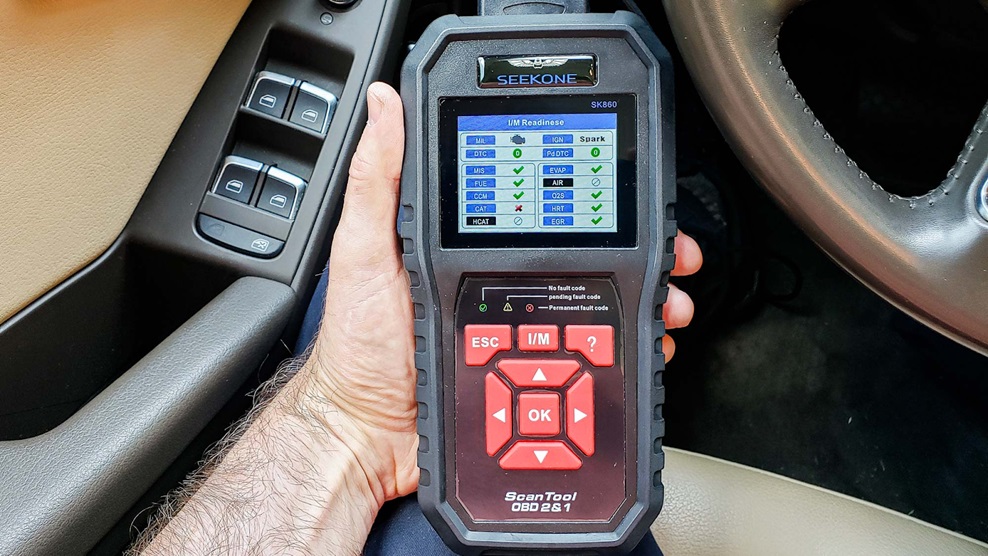
If you’re finding a way to connect your car to your smartphone, you may be wondering what the best obd2 blue-tooth option is. There are many different options on the market, and it can be not easy to decide which one is right for you. We will discuss the various features and help you choose the right one for your vehicle.
Features of obd2 Bluetooth
Real-Time Monitoring
This feature will allow you to see what your car’s engine is doing in real-time, so you can make the necessary adjustments to ensure peak performance.
Check Engine Light Diagnostics
This function can help save you time and money by allowing you to identify and fix problems with your vehicle’s engine quickly.
Fuel Economy Tracking
This function can help you save money on gas by helping you monitor your vehicle’s fuel usage. By knowing how much fuel your car uses, you can make the necessary adjustments to improve your gas mileage.
User-Friendly Interface
This device interface is good. A user-friendly interface will make it easy to use the device and get the information you need. Choose a device with an intuitive interface that is easy to navigate.
Ways to choose the right one for your vehicle.
Determine the obd2 protocols your vehicle supports
The first step is to find out what obd2 protocols your vehicle supports. OBDII vehicles have one of five protocols: SAE J1850 PWM, SAE J1850 VPW, ISO 15765-04 CAN, ISO 15765-09 CAN, or KWP2000. You can usually find this information in your car’s owner’s manual. If you’re not sure which protocol your vehicle uses, there are several ways to figure it out. One way is to look for a label on your obd2 port. Another way is to use a code reader or scanner tool to read the protocol from your car’s computer.
Consider the features you need
The next step is to consider the features you need in a blue-tooth device. Again, there are a few different features that you might want to consider, including:
- The ability to read and clear trouble codes: Trouble codes are generated when something goes wrong with your car’s computer or engine sensors. By being able to read and clear these codes, you can diagnose problems with your vehicle and often fix them yourself.
- Real-time data: This data can include engine speed, coolant temperature, etc. This feature can be handy for diagnosing problems or just monitoring your car’s performance.
- Customizable displays: Some blue-tooth devices will allow you to customize the information that is displayed on the device’s screen. This can be useful for you if you want to see only the most essential information to you.
- Logging: Many devices have the ability to log data over time. This feature can be beneficial if you want to track your car’s performance or troubleshoot a problem.
Decide how you want to connect.
Another important consideration is how you want to connect your obd2 blue-tooth device to your car. There are two main ways to do this:
- Use a physical adapter: Plug the adapter into your car’s obd2 port and pair the adapter with your device.
- Use a wireless adapter: With this type of adapter, you simply pair the wireless adapter with your blue-tooth device and then place the adapter somewhere in your car.
Consider the price
Price is the key element to consider when choosing any product. These devices can range in price from around $50 to $200. When considering the price, it’s essential to keep in mind the important features and find a device that has those features at a price that you’re comfortable with.
By following these steps, you can be sure to find a suitable device for your needs. With the right device, you’ll be able to diagnose problems with your car, monitor its performance, and even fix some issues yourself. So don’t wait any longer; start shopping for an obd2 blue-tooth device today!





